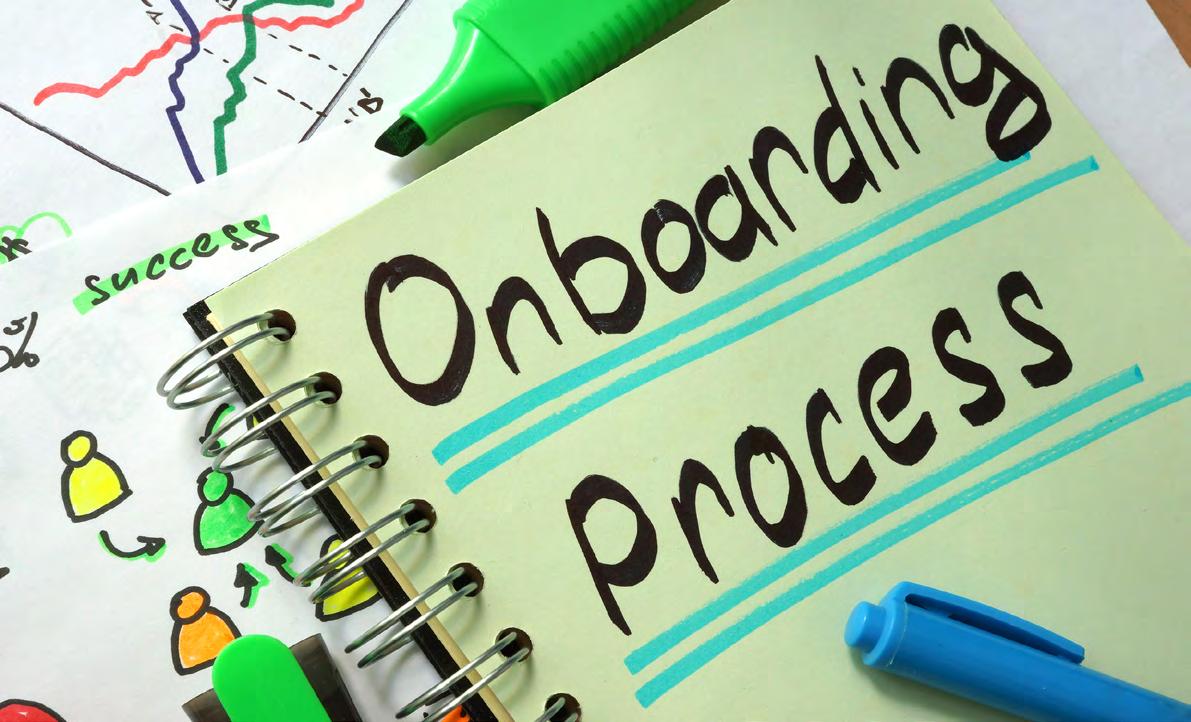Updating your Business Plan is
Good for QBCC Compliance The countdown to 2020 is on, and we’re almost half way through the current financial year. These are good times to take stock of how your business performed in the first half, and even better times to plan for next year. When you build a house, you need building plans. When you build a business, you need a business plan. Looking at your business’ financial performance over the last six months is a good starting point to raise the bar or tweak your profitability strategies, such as profit margins and tax savings. That includes reviewing and updating your budget and expenditure plan as well as your tax plan for the year. If you don’t know how healthy your business currently is, you can download the Business Profits Health Check from our Tradies Advantage website to help you understand your position.
What to include in your Business Plan update To review and update your business plan, you’ll want to cover the following items: 1. Business Profile – includes a specific description of the business you’re in, your mission statement, legal structure, SWOT analysis and business objectives. 2. Product/Service and Market Analysis – this should include description of your product/service including its position in the market, any major trends affecting the industry in the past and future, your target market(s) and expected growth rates over the next 2-3 years, and your ideal customer profile. 3. Competitive Analysis – this is where you determine your business’ competitive advantage, but also where it lacks competitive advantage.
4. Marketing Plan – here you’ll set out your objectives, develop a sales forecast, as well as determine pricing and promotional strategies. 5. Operational Plan – set out your objective, review plant and equipment requirements (including maintenance and replacements), how you implement quality control measures, and what staff and training requirements you’ll have. 6. Financial Plan – set out your overall objectives, identify the cost for establishment or expansion of your business, create a Profit Budget Schedule and Cash Flow Projection. The last item of the business plan neatly dovetails with the regular QBCC reporting requirements which you’ll need to keep up-to-date to stay in business. However, it never exists in isolation and the context is provided in items 1 to 5.
2019 December Issue | 33







